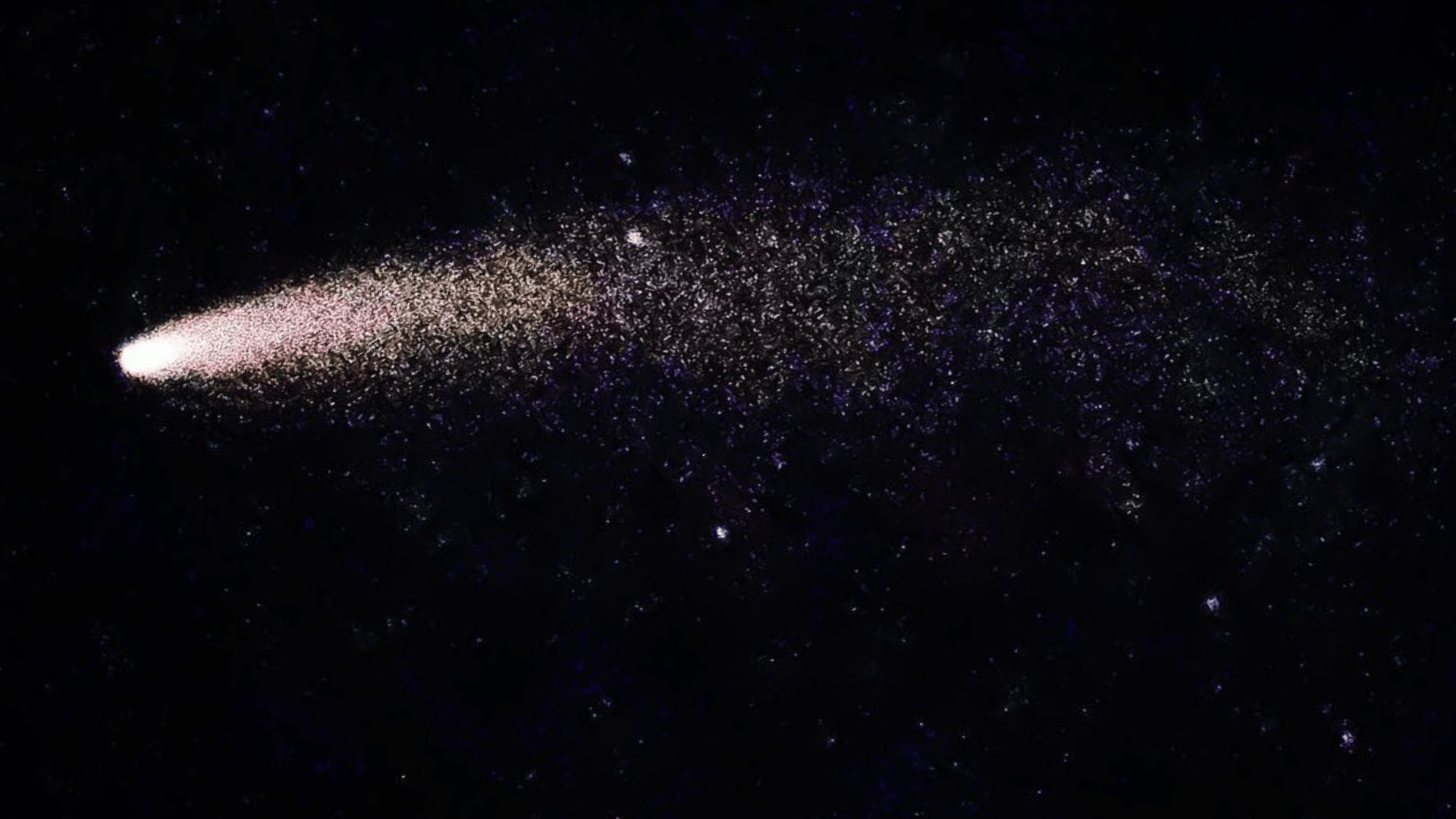Comets are frozen leftovers from the formation of the solar system composed of dust, rock, and ice. They range from a few miles to tens of miles wide, but as they orbit closer to the Sun, they heat up and spew gases and dust into a glowing head that can be larger than a planet. This material forms a tail that stretches millions of miles. There are currently 3,743 known comets.
How To View The 2023 Green Comet
A Rare, green comet Will pass by Earth in early-2023
Comet C/2022 E3 (ZTF) is distinguishable by its green glow and is expected to make its closest approach to the sun, or perihelion, in mid-January 2023. Comet ZTF will be visible in the Northern Hemisphere for about a month and visible in the Southern Hemisphere in February 2023. Comet ZTF will have its closest approach to Earth on February 1 and will be at its brightest. It will be at a distance of about 26 million miles/ 42 million kilometers away from Earth. In the weeks surrounding its closest approach it may be visible with the naked eye or with binoculars.
The comet will be visible between the North Star/Polaris and the cup of the Big Dipper/Ursa Major. Later, it can be found in between Mars and the bright star Capella on Feb. 8th and near Mars on Feb. 10th. It will be best viewed with binoculars or a telescope just after sunset or before dawn when the moon is lower—the brightness of the Moon may make it more difficult to see. Otherwise it will look like a greenish smudge with the naked eye. Check your local weather report for forecasts and viewing conditions.
Comet ZTF will likely appear once every 50,000 years.

View the Naturalist’s Guide Celestial Calendar for iCal for lunar dates, moon names, meteor showers, comets, and more celestial events here✨
Sources
National Aeronautics and Space Administration. (n.d.). Comets. Nasa.gov. Retrieved January 30, 2023, from https://solarsystem.nasa.gov/asteroids-comets-and-meteors/comets/overview/?page=0&per_page=40&order=name+asc&search=&condition_1=102%3Aparent_id&condition_2=comet%3Abody_type%3Ailike
Society, T. P. (2023, January 27). How to see Comet 2022 E3 (ZTF). The Planetary Society. https://www.planetary.org/articles/how-to-see-comet-2022-e3-ztf




